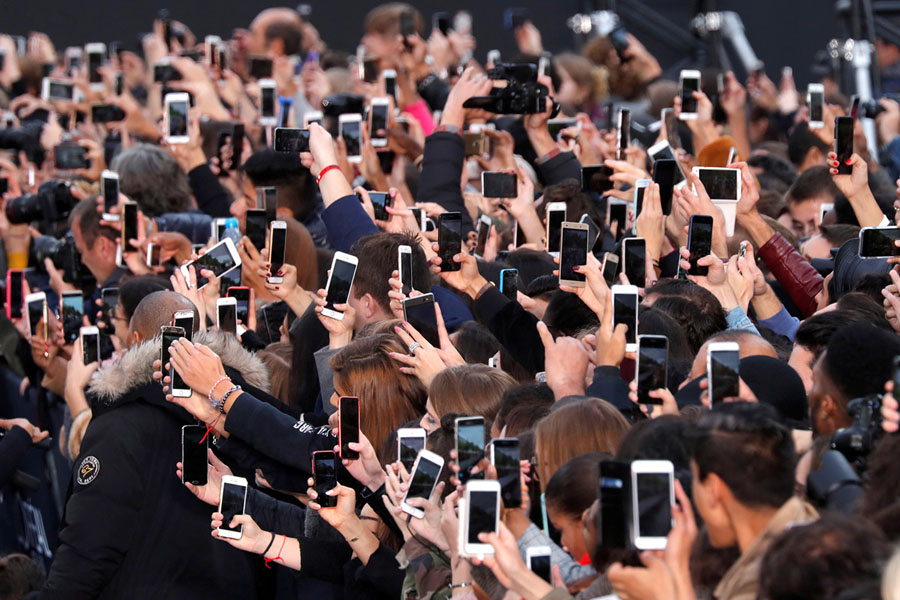
Excerpt from this article:
In a move to save money and contribute to the “winging it” feel, a handful of couples are relying on relatives and friends — their pockets and purses jammed with GoPro cameras, cellphones and mini iPads — to capture the bride taking that nervous breath before she walks down the aisle or the groom hugging his father, tears in their eyes.
“Two years ago, this was a conversation you never would have had,” said David Tutera, a celebrity wedding planner and the host of the TV show “David Tutera’s Celebrations.”
Few are likely to miss the photo assistants holding large reflectors and shouting, “Look here!” But the more casual approach to capturing important wedding moments has had mixed results.
“Everyone we know has an iPhone, and most take beautiful pictures on Instagram, so we knew they’d be fine,” said Samantha Resnik, 33, whose wedding to Mark Edmunds, 43, included a large reception on May 21 at the West End Hall, on upper Broadway. A single photographer, she said, cannot be everywhere at once. “He can’t possibly capture what 175 guests can,” Ms. Resnik said.
In addition to asking guests to use hashtags on Facebook or Instagram to post photos, couples are now relying solely on them to tell a visual story.








